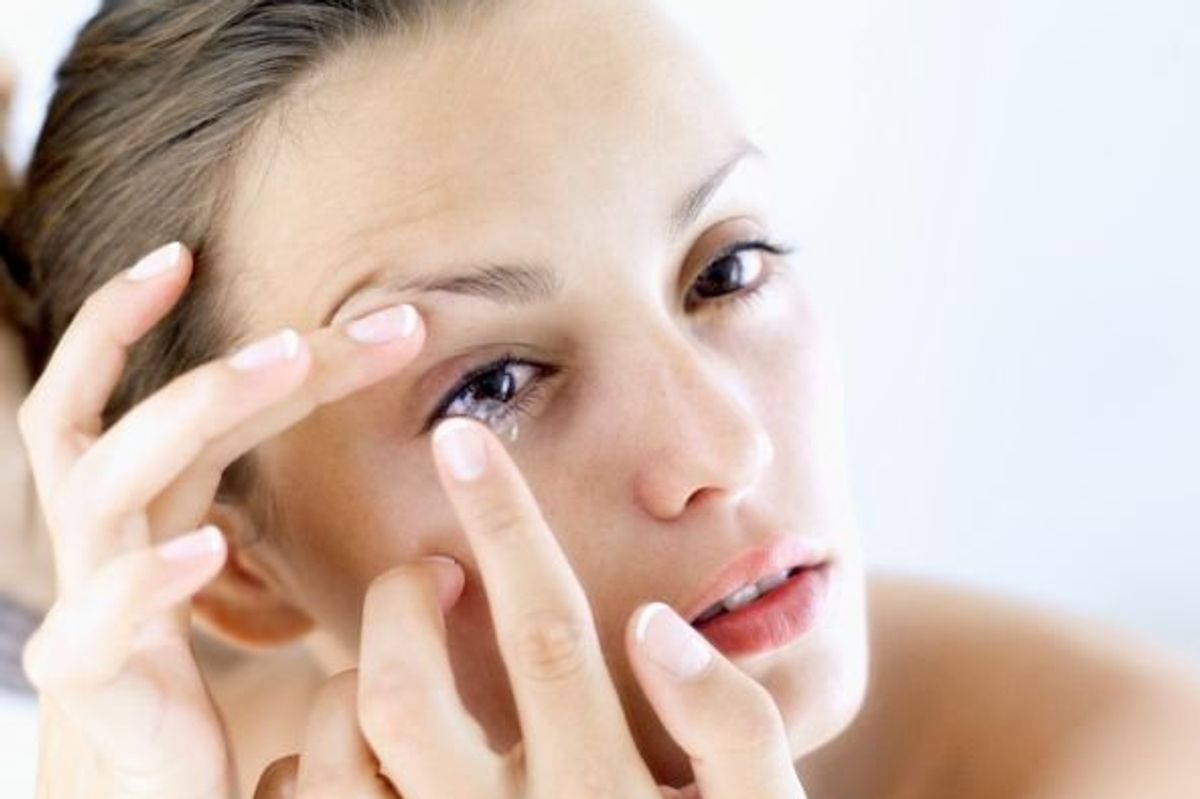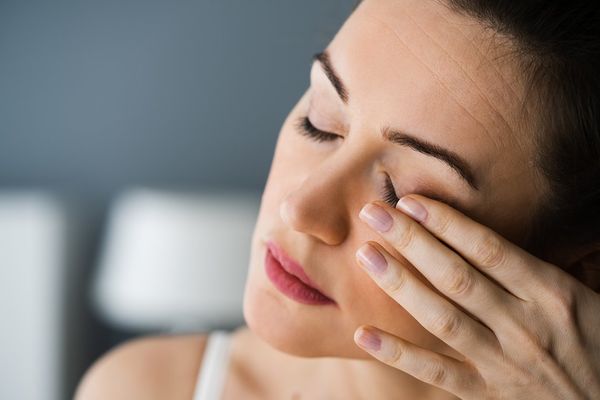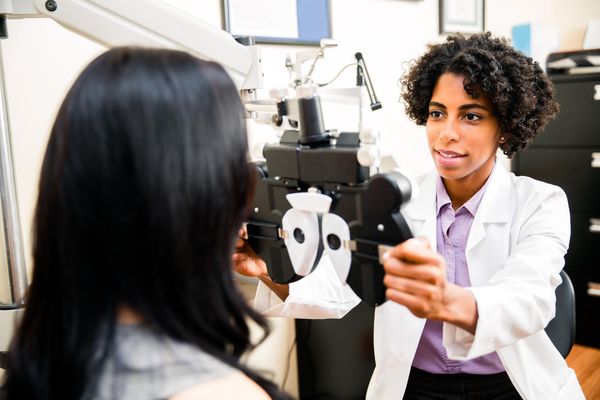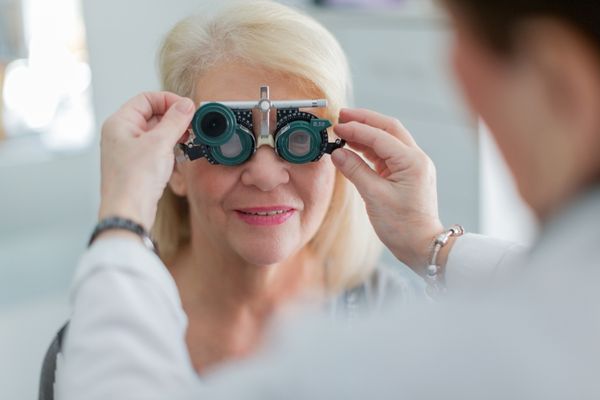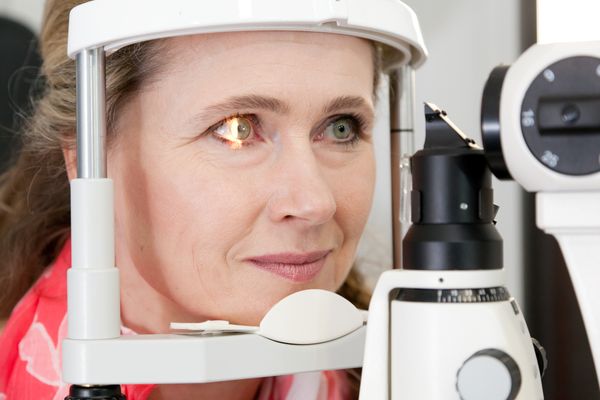Millions of American adults and children wear contact lenses and enjoy the freedom and comforts they bring, from being able to play tennis with clear sight to going on a first date without glasses. But a survey conducted at UT Southwestern Medical Center unveiled some disturbing news: Only 2 percent of contact lens wearers follow all the rules for safe use.
Some of the biggest violations include swimming or showering with contacts; wearing lenses longer than recommended before replacing them; topping off disinfectant in the lens case rather than switching it out with a fresh batch; and (gasp!) using beer, baby oil, lemonade and other inappropriate alternatives to contact solution.
These infringements are dangerous, considering we put contacts right smack up against one of our most precious organs—our eyes. In fact, improper wear and care of contacts can cause a variety of eye infections, possibly leading to partial vision loss or even blindness. Therefore, in exchange for the many benefits contacts offer, proper lens wear and care is imperative.
Setting Your Sights on the Right Contacts
The first step in healthy contact wear for children and adults is getting the right pair, which involves a trip to an eye care professional. This can be an ophthalmologist, optometrist or licensed optician working under an eye doctor.
If you're wondering if your child is ready for contacts, factors to consider include the child's motivation to wear contacts, the child's maturity level and his or her ability to adhere to guidelines for wear and care. Age is one factor in determining whether a child is a good candidate for contacts but not the only one.
More than half of optometrists feel it is appropriate to introduce a child to soft contact lenses between the ages of 10 to 12, with daily disposable contact lenses being the most frequently prescribed contacts for this age group, according to an American Optometric Association study.
Studies show that contacts offer benefits for children beyond just improved vision. Children who wear contacts feel better about their physical appearance, athletic ability and social acceptance compared with kids who wear glasses. These children also report greater comfort with peer perception and greater satisfaction in social activities. For children who initially dislike wearing glasses, contact lenses also make them more confident about their academic performance.
Your eye care professional can help you make this decision and will examine your child to make sure there are no underlying eye conditions or other circumstances that might interfere with successful contact wearing.
Once you've decided to go for contact lenses for yourself or your child, the fitting process will involve working with your eye care professional to find a lens prescription, size and type that maximizes sight, eye health and comfort. More than 75 percent of contact wearers opt for soft contacts, which are made of soft, flexible plastic and allow oxygen to reach the cornea.
In terms of wear, the most common options are daily disposables, or lenses you wear once and throw away each night; frequent replacement lenses, which are meant to be worn for a specific number of weeks, usually two or four; and cosmetic lenses, which are worn to change the appearance of the eye. You should not purchase or wear cosmetic lenses without a contact lens examination by an eye care professional and a prescription.
Contact lens prescriptions generally expire on a yearly basis, unless otherwise determined by your eye care professional. Seeing your eye care professional regularly for a comprehensive eye exam will assure that your vision assessment and prescription are up to date and may also help identify other health problems that can affect the eyes, such as diabetes and high blood pressure.
You also may want to ask your eye care professional about lenses that protect against ultraviolet (UV) rays. Lenses that offer sun protection are classified as class 1 or class 2, with class 1 providing the highest level of UV protection. Some lenses offer either class 1 or class 2 protection. The contact brands that offer the highest level UV protection—blocking at least 90 percent of UVA rays and 99 percent of UVB rays—are Acuvue Oasys Brand Contact Lenses, and 1-Day Acuvue TruEye Brand Contact Lenses.
Although UV-blocking contact lenses are beneficial in helping to protect against harmful UV rays, clinical studies have not been done to show that they directly reduce the risk of any specific eye disease or condition. That is why they should not be viewed as a stand-alone solution. Wear them with a wide-brimmed hat and high-quality sunglasses.
Click here to find out more about protecting your eyes from the sun.
Proper Wear and Care of Contacts
Fit for contacts is important, but it is only half the story. To keep your lenses safe and comfortable, you must also make sure you or your child follow all instructions from your eye care professional on wear, care, disinfection and replacement.
Contact Lens Wear
Follow these tips for optimal contact wear:
- If you experience any eye problems, remove your contacts and call your eye care professional. These include discomfort, excessive tearing, discharge, vision changes or redness for more than two days.
- Stick to the time period recommended for your lenses. If they are two-week lenses, don't try to stretch them out to a month, for example.
- Remember: contacts and water don't mix. Never store your contacts in water or wear them while showering, using a hot tub, swimming or engaging in other water sports. Tap water contains impurities that can damage your lenses and may lead to severe eye infections, leading to partial vision loss or blindness.
- Before inserting a lens, take a good look at it to make sure it is moist, clean and intact. Don't use a lens if the sterile package it comes in has been damaged or opened, or if the lens has a nick or tear.
- If you use eye drops, make sure they are a brand approved by your eye care professional.
- Never wear someone else's contact lenses.
- For those who wear makeup, apply your contact lenses first with clean, dry hands before applying makeup. Remove your contact lenses before removing eye makeup.
Contact Lens Care
Follow these tips for better contact lens care:
- Before handling your lenses, wash and rinse your hands thoroughly with a mild soap and dry them with a lint-free towel. Don't use oily cosmetics or soaps containing lotion or cold cream before touching your lenses.
- Avoid using saline solution or rewetting drops to clean lenses; instead, use a disinfectant approved by your eye care professional.
- To remove dirt and kill germs on your contacts, rub them with your fingers and rinse them well with an approved solution. Then soak lenses overnight in enough solution to completely cover them.
- Use your fingertips to touch your lenses—not your fingernails or other sharp objects, such as tweezers.
- Do not use contact lenses or solution past their expiration dates.
- Never store contacts in anything other than approved solutions, and never reuse solution.
- Do not mix brands of contact solution.
- Clean your lens case properly. After removing contacts, empty the case of all solution and clean it by rinsing and rubbing it in an approved solution. Then wipe the case with a lint-free tissue and turn both caps and case upside down to let them air dry.
- Replace your lens case at least every three months.
This resource was developed with the support of VISTAKON® Division of Johnson & Johnson Vision Care, Inc.
Important information for contact lens wearers: ACUVUE® Brand Contact Lenses are available by prescription only for vision correction. An eye care professional will determine whether contact lenses are right for you. Although rare, serious eye problems can develop while wearing contact lenses. To help avoid these problems, follow the wear and replacement schedule and the lens care instructions provided by your eye doctor. Do not wear contact lenses if you have an eye infection, or experience eye discomfort, excessive tearing, vision changes, redness or other eye problems. If one of these conditions occurs, contact your eye doctor immediately. For more information on proper wear, care and safety, talk to your eye care professional and ask for a Patient Instruction Guide, call 1-800-843-2020 or visit www.acuvue.com.

